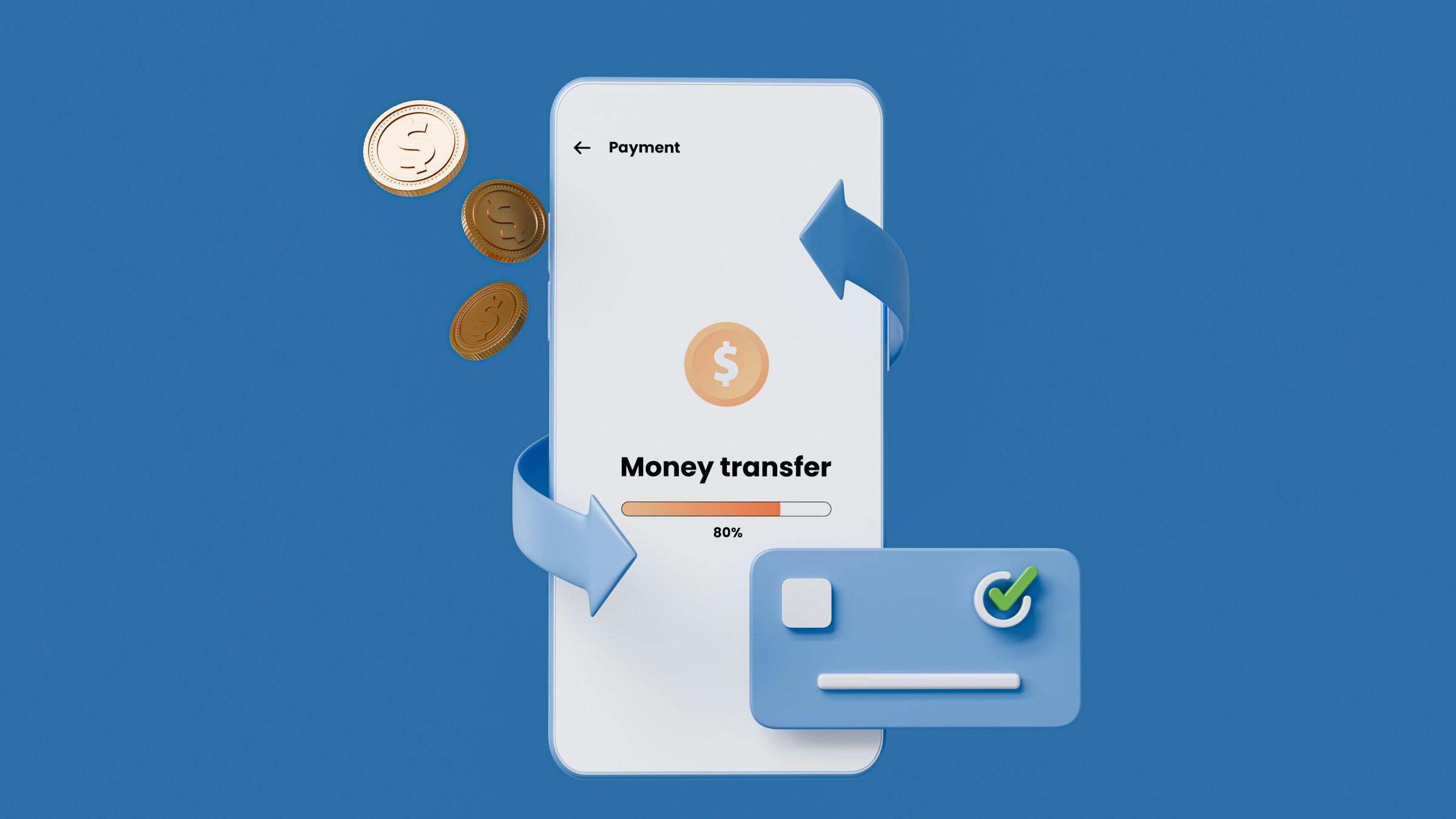Why do digital banks have higher interest rates? The short answer is that the economics of a branchless bank allow more of the budget to flow into customer acquisition rather than rent, real estate, and cash handling. That answer is only the beginning. The fuller explanation sits at the intersection of cost structure, regulation, asset liability strategy, and marketing choices. Understanding these levers helps a saver decide whether a headline rate is a durable feature or a temporary incentive that will fade once a growth target is met.
Start with costs. A traditional bank carries physical branches, cash in transit services, tellers, and legacy IT systems that require large maintenance outlays. Even if a branch network helps with sales and trust, it is expensive to run. A digital bank avoids most of that overhead, then reinvests savings into a sharper rate to draw deposits. Lower fixed costs create room to price deposits more aggressively without destroying the bank’s overall margin. The headline rate is not a gift. It is a reallocation of budget away from buildings and toward customer acquisition.
Move next to deposits as a growth engine. For any bank, deposits are raw material. They are the cheapest, stickiest funding source compared with wholesale borrowing or issuing bonds. A new digital bank wants to build a funding base quickly so that it can lend or invest. Offering a higher savings rate speeds this process because customers will move idle cash for a visible gain. In effect, the bank is paying an interest premium that substitutes for heavy advertising or relationship managers. Acquiring one dollar of deposits with an extra percentage point of interest may cost less than acquiring that same dollar through paid media or branch sales. This is why the rate often looks generous during a bank’s first growth phase.
There is also a product design story. Digital banks do not only offer one simple savings account. Many structure their offers in pockets, tiers, or goal vaults. Money inside a designated pocket may earn a higher rate up to a cap. Above the cap, the base rate applies. This structure keeps the average cost of funds manageable while still allowing the bank to market an eye catching number. Caps and tiers matter. They help the bank control how much it pays in aggregate, while giving the customer a clear target balance that feels rewarding. The rate is high, but the cap is the brake.
Promotional mechanics add another layer. Some digital banks pay the top rate if you complete a set of actions each month. The list can include crediting salary, spending on the bank’s card, purchasing insurance, or investing through the app. This is not random. The bank uses cross sell to lift revenue from fees and interchange so that the richer rate becomes sustainable. When a customer becomes an active transactor, the economics change. Card spend generates merchant fees. Insurance or investment products create distribution revenue. The savings rate becomes one part of a broader relationship model that can carry a higher deposit cost without eroding total profitability.
Regulation shapes these choices too. All banks operate under capital and liquidity rules that set the tone for interest competition. Liquidity coverage rules reward deposit stability. Retail deposits tend to carry favorable treatment because they are seen as more reliable in stress. Digital banks that build a base of insured retail deposits improve their regulatory metrics, which supports lending plans. In Singapore, Malaysia, the UK, and the US, deposit insurance also underpins customer trust. Savers know there is protection within set limits. That makes them more willing to move money to a new brand if the rate is better. Public confidence, backed by insurance schemes, lowers the hurdle for switching, which increases the effectiveness of higher rates as a marketing lever.
The macro backdrop matters. When central banks raise policy rates, the entire banking system reprices. Traditional banks often lag in passing on higher rates to legacy savings accounts, especially if they have a large base of customers who value convenience over yield. Digital banks see the gap and fill it. They move faster because they are chasing share and because their technology allows quick updates to pricing across the app. Speed becomes a competitive asset. It is not only that they pay more. It is that they adjust more nimbly when policy rates move.
Now consider the lending side. A bank pays depositors and earns on loans and securities. The spread is its livelihood. Digital banks often target lending niches with higher yields such as unsecured personal loans, small business credit lines, or buy now pay later style products with disciplined underwriting. If a bank can lend at a yield that comfortably exceeds its cost of funds, it can afford to pay more to depositors. The savings rate is viable if the asset mix supports it. When you see a generous rate, you are also seeing a bet on the lending book or on fee income from the broader ecosystem.
Regional context helps ground the picture. In Singapore, the arrival of new digital full banks created pockets based accounts that reward the first slices of savings at a higher rate. The city state’s deposit insurance offers protection within stated limits, which anchors consumer confidence. Traditional banks there have responded with their own conditional bonuses tied to salary credit and card spend, which narrows the gap. In Malaysia, new digital bank licensees have highlighted savings features and budgeting tools to reach underbanked segments. Promotional rates help break inertia among customers who have long relied on conventional banks. In the UK, established digital players built trust through everyday current accounts, then nudged users toward savings pots offering competitive rates that update quickly when the Bank of England moves. In the US, online banks without branches have for years offered higher yields because their cost base is lighter and because they compete nationally for rate sensitive customers, while many community banks rely on local relationships and take longer to reprice. The shape differs by market, but the underlying mechanism is familiar. Lower overhead, faster pricing, and targeted lending or fee strategies enable a richer offer on deposits.
There is a technical reason why these rates often come with caps or conditions. A bank manages interest rate risk by matching the repricing of assets and liabilities. If it paid the top rate on unlimited balances, its cost of funds could surge faster than its loan book reprices, especially when policy rates fall and customers refuse to accept a cut. By limiting the high rate to a defined balance, the bank reduces the risk that a few large depositors drive up total cost. Conditions like salary credit or card spend also help because customers who use more services tend to stay longer, which stabilizes funding. Stability improves internal liquidity metrics and makes the higher headline rate less risky to offer.
Technology amplifies these advantages. A modern core banking system can spin up new products and change rates with fewer manual steps. Pricing engines can target offers by customer segment. The mobile app can communicate changes instantly. When a bank can test and iterate on rates like a tech product, it can finely tune the balance between growth and margin. Traditional banks do this too, but legacy systems and approval layers can slow the cycle. The lag is where digital banks win attention. When policy rates rise or when a rival tweaks an offer, digital banks can respond within days. In a market that resets quickly, speed often looks like generosity.
Trust and brand history still count. Many savers leave large sums with incumbent banks because of habit, perceived safety, and the convenience of bundled services. That inertia is why traditional banks do not always need to pay the top rate to retain deposits. Digital banks recognise this and price to attract the segment that is most willing to move for yield or for a cleaner app experience. The high rate is a signal. It says the bank wants your attention now. Whether it keeps paying a premium depends on how quickly it hits its funding goals and how its lending and fee engines perform.
Insurance coverage and statutory limits are part of the practical picture. In Singapore, insured amounts per depositor per scheme member bank provide a safety net. Malaysia offers its own insured threshold per depositor per member bank. The UK and the US set their own limits. These schemes do not change the interest rate directly, but they reduce perceived risk for a customer who is trying a new brand. When risk feels lower, a small rate difference becomes enough to justify switching a portion of savings, at least up to the insured cap. That is why many digital banks design their most generous tiers to sit near common insurance thresholds. It encourages customers to bring a meaningful balance while staying within coverage.
There is also a marketing truth. A single standout number is easier to advertise than a complex bundle of features. Rate is clear, comparable, and persuasive. A bank could spend heavily on promotions, influencers, or cash back campaigns. Many do some of that, but a high savings rate creates word of mouth at a lower cost per customer when designed with caps and conditions. As the base grows, the bank can gradually normalise rates to match market levels while retaining customers through habit and integrated services. The early mover customers who arrived for yield often stay if the app becomes their default wallet and bill payment hub. That journey from rate seeker to engaged primary user is central to the digital bank playbook.
So what does this mean for a saver deciding where to park cash. First, recognise that a higher rate from a digital bank is real, but it is also purposeful. The bank is buying your attention with interest rather than with marble floors. Second, read the structure. Look for caps, conditions, and time limits. If the top rate applies only up to a modest balance, that is not a flaw. It is the bank managing its cost of funds. Third, watch how often the bank reprices when policy rates move. Responsiveness is part of value. Fourth, consider the full relationship. If meeting simple activity requirements lifts your rate and you already want to consolidate payments or salary credit, the package may suit you. If the hoops do not match your habits, a simpler high yield account elsewhere might deliver a better net outcome even at a slightly lower headline rate.
Finally, remember that the competitive gap is not guaranteed to persist. When policy rates fall, many banks compress savings yields. Digital banks will still try to differentiate, but the absolute numbers will come down across the board. The reason you saw a big spread during a hiking cycle is that the system was repricing upward and digital players moved faster. In an easing cycle, everyone moves down. The relative story may hold, but the level shifts.
The core answer remains steady across cycles. Digital banks can pay more because their operating model is lighter, their product design channels generosity into controlled pockets, their regulatory incentives reward stable retail deposits, and their growth strategy values a deposit base more than branch presence. The offer makes sense because the bank’s funding, lending, and fee engines fit together. For savers, the decision is practical. Use the higher rate where it fits your habits and remains within insurance limits, keep an eye on caps and conditions, and treat the number as a signal about the bank’s stage and strategy rather than as a promise that cannot change.
In short, the rate is not an outlier. It is the price of your deposits in a model that spends less on buildings and more on you. When you understand that trade, you can choose with more confidence, whether you prefer a clean app with a fast moving offer or the familiarity of a long standing branch network that may pay less but fits your routines. Either choice can be sensible once you map it to how you save, how you spend, and how much you value an extra percentage point that is designed to win your attention now, not forever.



.jpg)


.jpg&w=3840&q=75)


.jpg&w=3840&q=75)

